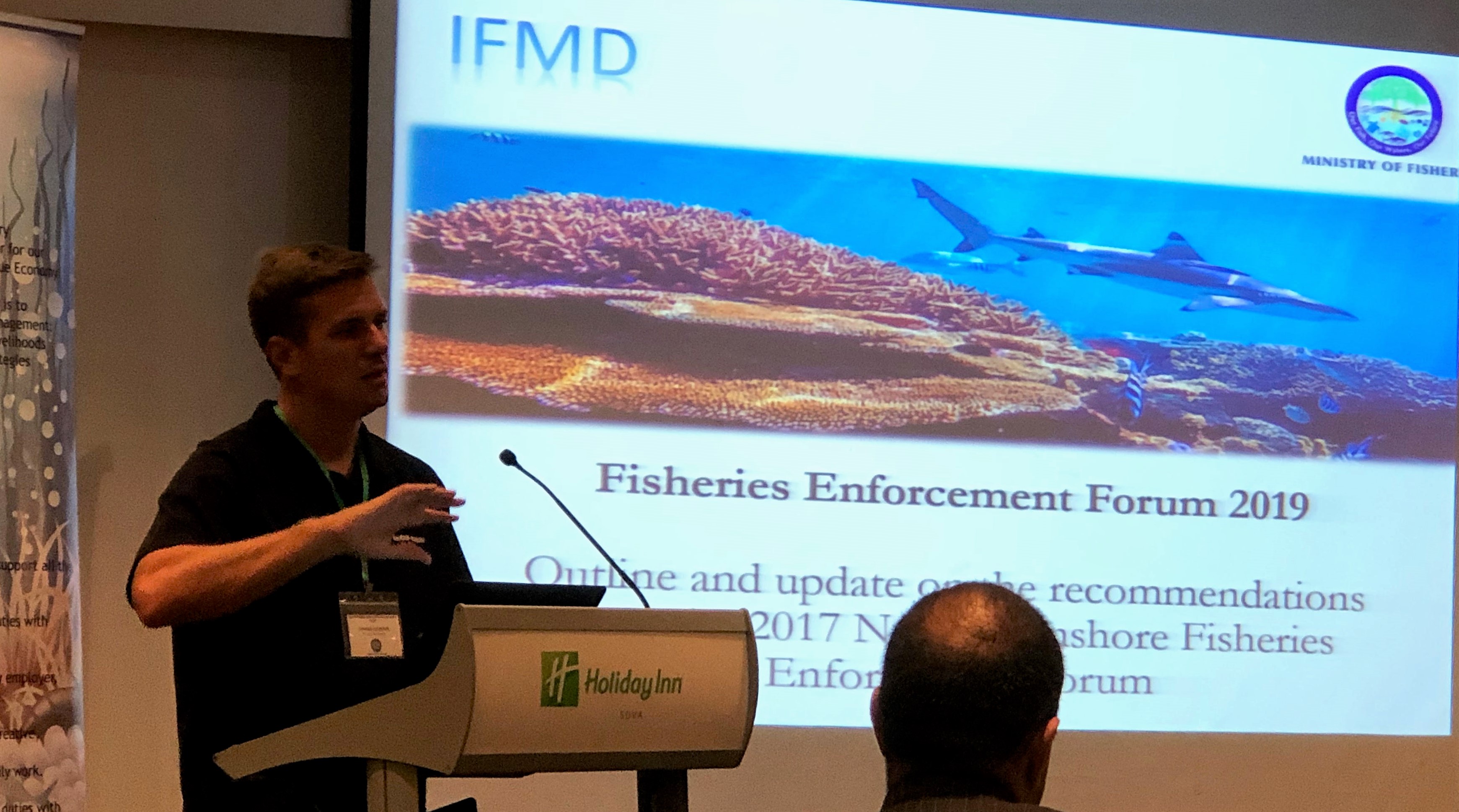A blog about the great scuba diving around Fiji. Some of the highlights of living and working in Fiji is the diving on the soft coral reefs with sharks, mantas and teeming life on the reefs.
Saturday, 20 April 2019
New Zealand Mag Dive Pacific - Taveuni Rainbow reef
Our latest edition of Dive Pacific features Fiji's silky sharks phenomenon, an interview with Jean-Michel Cousteau, a visit to the Rainbow Reef, and where to find the good spots for spearfishing. Plus lots of dive news from all over.
Thursday, 11 April 2019
Reef Conditions, Somosomo Straits, Taveuni from 2002 onwards – Fiji Coral Reef Monitoring Network (FCRMN)
Background
Reef Surveys have been carried out at two sites (the Great White Wall on the outer face, and the back of Blue Ribbon Eel Reef / Jerry’s Jelly on the inside of the Rainbow Reef) in the Somosomo Straits since 2002, with the exception of 2005 (Rainbow Reef only), 2008 (no surveys), and 2015 – 2017 (no surveys due to poor weather and time constraints).
Surveys have been carried out under the Fiji Coral Reef Monitoring Network(FCRMN) and supported by Coconut Grove Beachfront Cottages, Rainbow Reef Divers at Garden Island Resort and Taveuni Ocean Sports at Nakia Resort.

In 2000 and 2002 Fiji reefs suffered extensive hard coral death from coral bleaching due to exceptionally high water temperatures.
However, coral cover recovered to pre-bleaching levels by 2005, much faster than originally predicted. In the Somosomo Straits, cyclones had some impact around 2006 and 2007, but once more the corals recovered very quickly.
High water temperatures threatened coral health in shallow waters in parts of Fiji in 2014 – 2016, but the Rainbow Reef was unaffected.
A Crown of Thorns Starfish (COTS) outbreak in 2014 caused widespread coral death but stopped after Cyclone Winston in February 2016.
The cyclone caused extensive coral breakage on exposed sites, while others were relatively unscathed, and large numbers of new coral colonies were seen on damaged sites in 2018.
Full report:
Wednesday, 3 April 2019
Strengthening Fiji's laws to protect sharks and other important species
Sharks that are alive and healthy in Fiji's oceans are worth a great deal of money to Fiji's economy. In 2012, the Pew Foundation calculated that shark diving alone generated US$42.2 million for Fiji's economy
Unfortunately, the unnecessary killing of sharks, whether intentional or as a result of an accidental bycatch, removes this opportunity and has adverse effects on marine ecosystems and Fiji’s tourism industry. It is vital, therefore, to provide protection for shark nurseries, and ensure Fiji has effective fisheries laws and initiatives for shark protection that are implemented.
Early this year, dead baby sharks hit the headlines when around 10 juvenile hammerhead sharks were found dumped in a culvert near Suva. These endangered animals may have been caught illegally in nets set across a nearby river mouth where scientists at the Marine School, USP have undertaken a detailed and celebrated study and found a significant and important breeding ground.
Fortunately, the newly created Inshore Fisheries Management Division (IFMD) within the Ministry of Fisheries is currently looking to strengthen a variety of fisheries laws and regulations and their implementation including, but not limited to, the laws that protect sharks. In this bulletin, we consider the existing relevant laws on netting around rivers and discuss additional measures to ensure that sharks are better protected. We also briefly consider other initiatives that are currently being led by the IFMD to make Fiji's inshore fisheries more sustainable for the benefit of all Fijians. For more information regarding other shark conservation measures in Fiji, please see our previous bulletin: “A Legal Policy Discussion of Shark Conservation in Fiji”.


A scientific study conducted by leading marine scientists Amandine Marie, Celso Cawich, Tom Vierus, Susanna Piovano and Ciro Rico of USP and Cara Miller presented empirical evidence for the existence of a Scalloped Hammerhead Shark (SHS, Sphyrna lewini) nursery in the Rewa Delta in Fiji.
This study focused on developing a more detailed understanding of the reproductive biology and critical habitat of the SHS in the Rewa Delta.
Amongst other things, the research suggested that good information regarding shark species’ biology, ecology and habitat use is essential for developing sustainable management plans. Such information includes:
- coastal sharks species being known to aggregate at discrete sites
- the tendency of some sharks to return to their birthplace to breed (including the scalloped hammerhead, Sphyrna lewini) making nursing areas critical habitats
- the expectation that newborn sharks of coastal shark species use more sheltered areas to reduce their vulnerability to predation and compensate for their limited foraging skills.
Taking those factors into consideration, the researchers recommended the following in order of importance:
- Complete ban of gillnet fishing in the Rewa Delta throughout the year
- Partial ban of gillnet fishing in the Rewa Delta from sunset to sunrise throughout the year
- Partial ban of gillnet fishing in the Rewa Delta from sunset to sunrise during the parturition period (October-April)
- Partial ban of gillnet fishing in the Rewa Delta from sunset to sunrise during the peak of the parturition period (December-March).
James Sloan and Emily Samuela
Subscribe to:
Comments (Atom)
